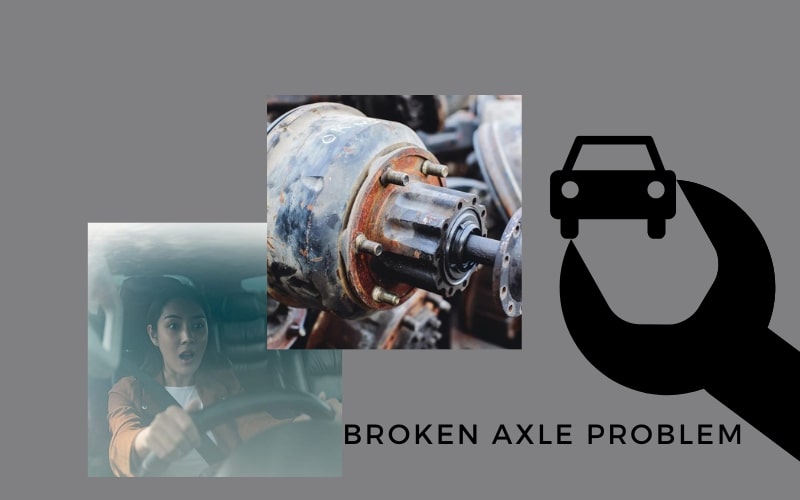Life on the road is full of surprises, some of which can be quite unnerving, especially if they involve essential vehicle components. One such component is the axle. Ever wondered what would happen if it breaks while you’re driving? Let’s unpack this fear and get into the nuts and bolts of the situation.
An axle is a central rod or shaft that allows rotation or movement of a wheel or group of wheels. Its primary functions are to bear the weight of the vehicle, passengers, and cargo, and transmit driving torque to the wheel.
In vehicles with front-wheel drive, the axle is also responsible for steering and may be a part of the drive shaft mechanism, which transmits power from the engine to the wheels. In rear-wheel-drive vehicles, the axle’s duties are primarily bearing weight and transmitting power.
Types of Axles
There are several types of axles, each designed to perform specific functions. Here are some of them:
- Live Axle: This is a solid axle system where the wheel and axle rotate together. It’s most commonly found in rear-wheel-drive cars.
- Dead Axle: Unlike the live axle, the dead axle does not rotate and is designed primarily to support weight. It is typically found in front-wheel-drive vehicles.
- Tandem Axle: Mostly found in larger vehicles, this axle consists of two axles placed in sequence to help distribute the vehicle’s weight.
Recognizing Axle Damage
A broken axle is a dangerous occurrence. Therefore, spotting the early signs of axle damage can prevent a nasty surprise while you’re on the road.
Warning Signs
If you start to notice any of these signs, it may be time to have your axle inspected:
- Vibrations: If your vehicle starts to vibrate uncontrollably, it could be due to a bent or damaged axle.
- Unusual Noises: Clunking, humming, or rumbling noises can also indicate an axle issue.
- Difficulty Steering: A damaged axle can also make your vehicle pull to one side, or steering may become increasingly difficult.
Causes of the Damage
Several factors can lead to axle damage:
- Accidents: A collision can cause immediate and severe axle damage.
- Wear and Tear: Over time, the constant strain on the axle can lead to gradual damage.
- Overloading: Exceeding your vehicle’s weight limit can put undue stress on the axle.
The Dangers of a Broken Axle
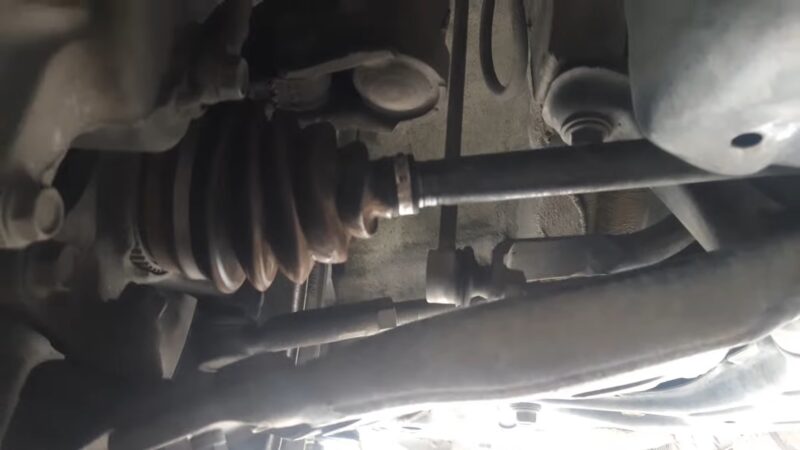
A broken axle is no minor inconvenience—it’s a severe safety issue. Let’s explore the potential dangers associated with this issue.
Loss of Vehicle Control
When an axle breaks while driving, the car is likely to lose control. The ability to steer the vehicle may be significantly impaired or completely lost. This situation could lead to severe accidents, particularly at high speeds, as the driver may find it impossible to maintain a steady course.
Damage to Other Vehicle Components
A broken axle doesn’t just affect the vehicle’s control; it can also cause damage to other components. For example, if an axle snaps, it might flail around and inflict damage on nearby parts such as the transmission or exhaust system.
Handling an Axle Breakage While Driving
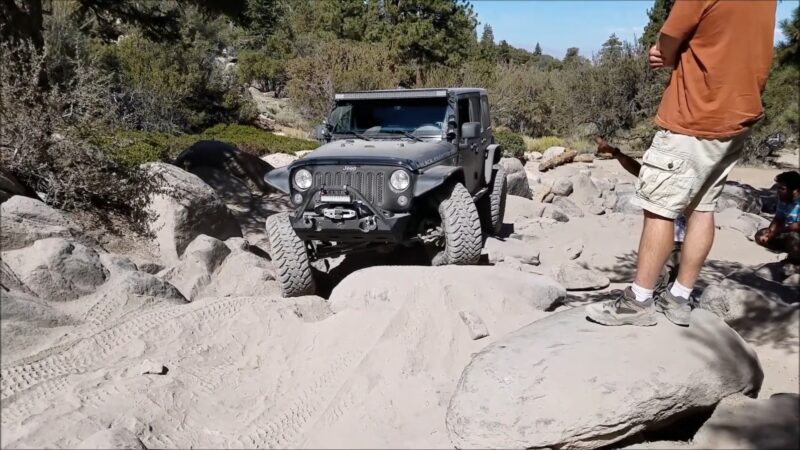
Now that we’ve understood the consequences, it’s essential to know what to do if you ever find yourself in this situation.
Remain Calm
Your initial reaction may be to panic when your vehicle starts behaving unexpectedly. However, try to stay as calm as possible. Panic will only impair your decision-making ability and reduce your chances of handling the situation effectively.
Try to Steer and Brake Smoothly
Attempt to maintain control of your vehicle as much as possible. If you can, gently apply the brakes and steer the car towards the road’s shoulder. Abrupt movements might make the situation worse.
Preventative Measures and Maintenance Tips
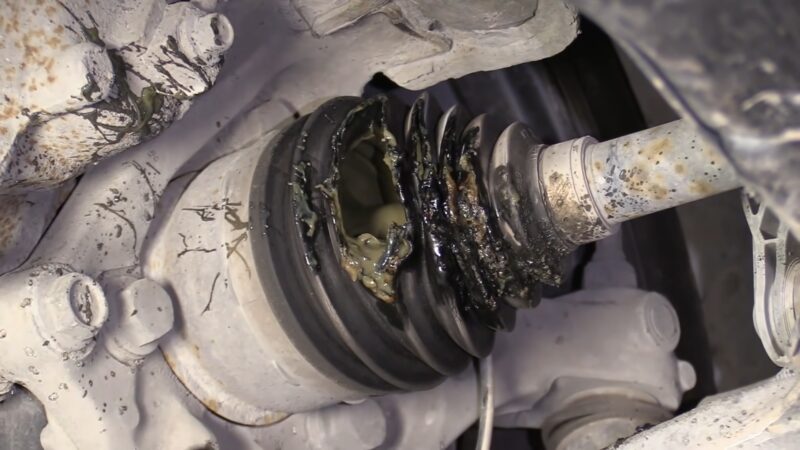
Forewarned is forearmed. Knowing how to prevent axle damage can help you avoid this scary scenario altogether.
Regular Maintenance
Keep up with your vehicle’s regular maintenance schedule. Routine checks can catch potential axle issues before they turn into significant problems.
- Have the axles inspected during tire rotations or oil changes.
- Ensure that the axle boots—protective covers that prevent dust and debris from entering the axle—are in good condition.
- Periodically check for leaks in the differential, which could indicate a potential axle issue.
Avoid Overloading Your Vehicle
Remember, each vehicle has a weight limit. Consistently overloading your car can put extra pressure on the axles and speed up their wear and tear. Check your vehicle’s manual to find its maximum weight capacity.
Dealing With Repair and Replacement
Even with meticulous care, axles may still need repair or replacement due to regular wear and tear.
When to Repair or Replace
Not all axle damage necessitates a full replacement. Smaller issues like a damaged CV joint can often be repaired, prolonging the axle’s life. However, a severely bent or broken axle will typically require replacement.
The Cost of Axle Repair and Replacement
Repair costs can vary widely based on the extent of the damage and the make and model of your vehicle. A simple repair might cost a few hundred dollars, while a full replacement can run into the thousands. Always obtain a full estimate before proceeding with any repair work.
The Takeaway
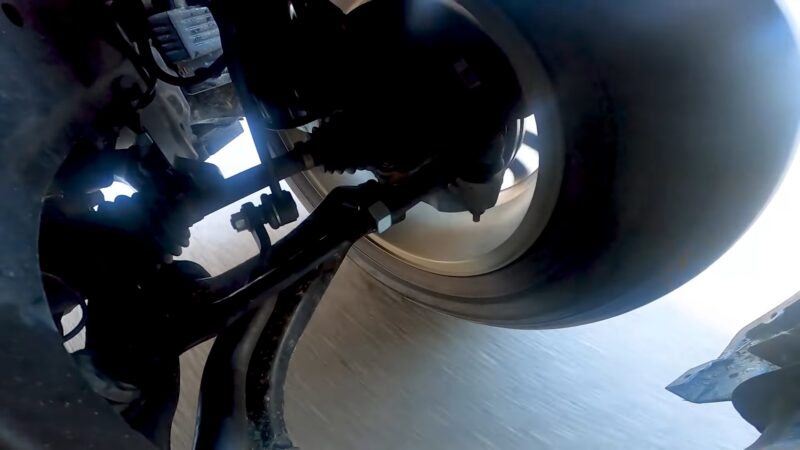
The fear of a broken axle while driving is not unfounded. However, being informed and prepared can mitigate the risks.
Understanding is the First Step
Knowledge is power. Understanding the role of the axle and recognizing early signs of damage can help prevent sudden breakages. Regular maintenance and responsible driving are key to ensuring the longevity of your axles.
Know What to Do
If you ever find yourself in a situation where the axle breaks while driving, remember to stay calm, maintain control of the vehicle as much as possible, and pull over safely. Then, call for professional help.
Final Thoughts
While we can’t predict every vehicular problem, we can certainly be prepared. In this case, overcoming the fear of a broken axle starts with education and maintenance.
Safety First
The safety of you and your passengers is paramount. Keeping your vehicle, including the axles, in good working condition is part of ensuring that safety. Stay vigilant, follow the tips shared in this article, and help keep the roads safer for everyone.
Be Prepared
Just as you’d prepare for any other potential issue on the road, be ready for an axle break. Have emergency contacts handy, know the steps to take if it happens, and remember, prevention is always better than cure.
Let this guide be a source of reassurance rather than fear. With knowledge and preparedness, you can tackle any challenges the road throws at you.
